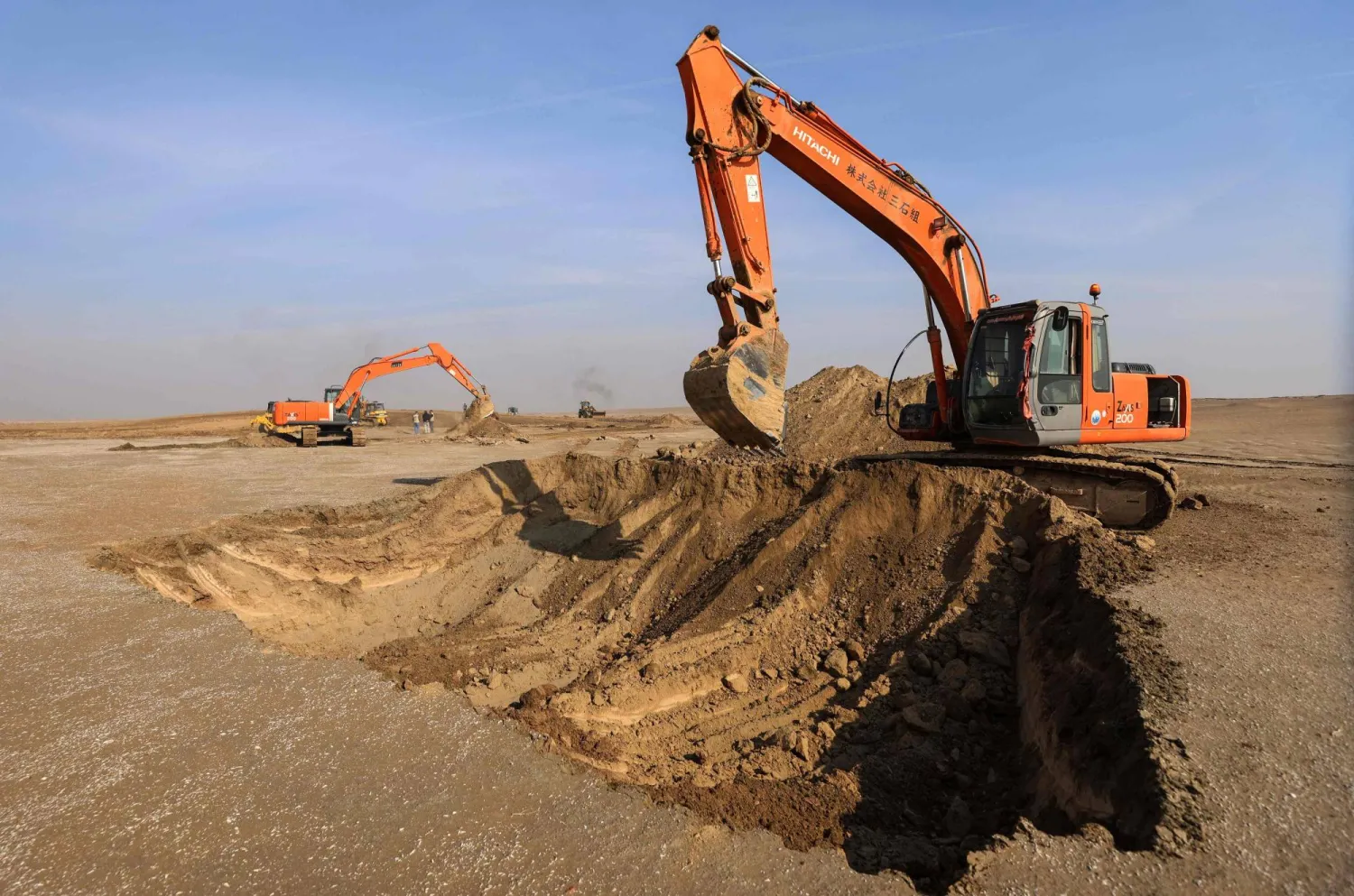The Al-Matir depression, which swept the Gulf region over the past two days, has caused human losses and massive material damage.
The Sultanate of Oman, the United Arab Emirates and Bahrain announced the end of the depression and that work was underway to reopen roads, assess the damage to infrastructure and public and private properties, and provide the necessary support to all those affected.
On Thursday, the Center for Emergency Management in Oman announced that rescue teams will continue to search for missing persons after the number of victims reached 19, most of them students.
The rainy weather condition in Oman, which was accompanied by flooding and thunderstorms, led to serious damage to public and private property.
The Regional Center for Climate Change in Saudi Arabia announced the start of a comprehensive climate study of the depression that affected the Gulf Cooperation Council (GCC) countries, its causes, and the extreme rainfall resulting from it. In a statement, the center said the study will also cover “the role of climate change” with efforts being coordinated with affected countries.
The center’s spokesman, Hussein Al-Qahtani, explained to Asharq Al-Awsat that the recent rainfall was higher than usual, which requires more research to study.
He stressed that that indicators of climate change were evident in several Saudi cities, such as Al-Namas, which witnessed hail falling in higher quantities than usual this year, in addition to other cities that saw the same situation last year, such as Taif, Buraidah, and Khamis Mushait.
He also confirmed that all climate studies presented by the National Center of Meteorology indicate that Saudi Arabia will see stronger climate phenomena in the coming years.
Last year, scientists at King Abdullah University of Science and Technology (KAUST) published a report that provided a comprehensive analysis of climate change and its consequences on the Arabian Peninsula.
The report said climate change could lead to higher temperatures and an increase in the severity and frequency of droughts, affecting agricultural and food production and leading to an increase in flash floods such as those witnessed in the region this week.









